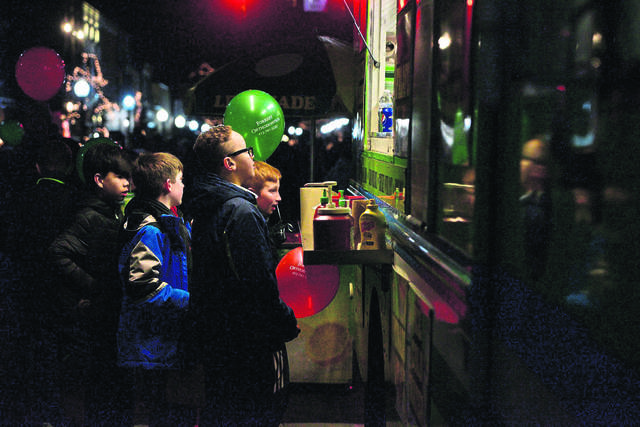Experts at UPMC said Friday they believe community spread of the coronavirus might be less intense locally than in other parts of the country.
Dr. Graham Snyder, chief of infection prevention, said that out of 1,743 covid-19 tests done by UPMC facilities, 141 have been positive — about 8%.
He said specific patient testing has been focused on those who have symptoms and have potentially been exposed to the virus.
Community research testing, which involves testing swabs taken from anyone at a UPMC facility with cold or flu symptoms since January, has shown few positives, Snyder said.
Of 2,000 tests, nine have been positive, he said. The community research testing cannot diagnose patients individually.
Snyder said combined data show that covid-19 is here, though perhaps not as intensely active as in other regions.
“The relatively low prevalence also tells us that we can also still safely perform medically necessary surgeries that cannot be delayed for months,” he said, noting that the data also show that “all of our efforts at social distancing have value.”
Of those 141 patients who tested positive at UPMC, 25 have been hospitalized, Snyder said, and they have varying levels of illness. Some have had mild symptoms, he said, and 17 have required admission to intensive care units across the health care system. Some have recovered and been discharged.
“That number will continue to fluctuate,” he said.
Dr. Rachel Sackrowitz, chief medical officer of UPMC’s intensive care units, said many more beds are available for critically ill patients.
“We are prepared for a surge we hope never arrives, but we are prepared for the worst,” she said.
UPMC does have the capability to transfer patients, staff and supplies throughout the system if certain facilities are hit harder than others, she said.
Snyder said the effects of the virus can be compared to a pyramid.
At the bottom are those who are asymptomatic, he said, noting “those, of course, we can’t identify.” Others have a mild illness but do not seek care. Upward from there are those with mild illness who seek medical care. From there are patients who require hospitalization, and at the top of the pyramid are those who need intensive care.
“We recognize the limit of the data we have in that pyramid,” Snyder said.
Experts don’t have data on people who have the virus but are asymptomatic, and testing capabilities were limited in the early weeks of the pandemic.
“Now that we have dramatically increased testing, we see a larger case count,” he said. “That’s because we’re doing more aggressive case-finding.”
He noted that the number of patients requiring ICU admission is a number that’s subject to less bias, as those “have to present (for) care, essentially.”
Jamie Martines is a Tribune-Review staff writer. You can contact Jamie at 724-850-2867, jmartines@tribweb.com or via Twitter @Jamie_Martines.Megan Guza is a Tribune-Review staff writer. You can contact Megan at 412-380-8519, mguza@tribweb.com or via Twitter @meganguzaTrib.








